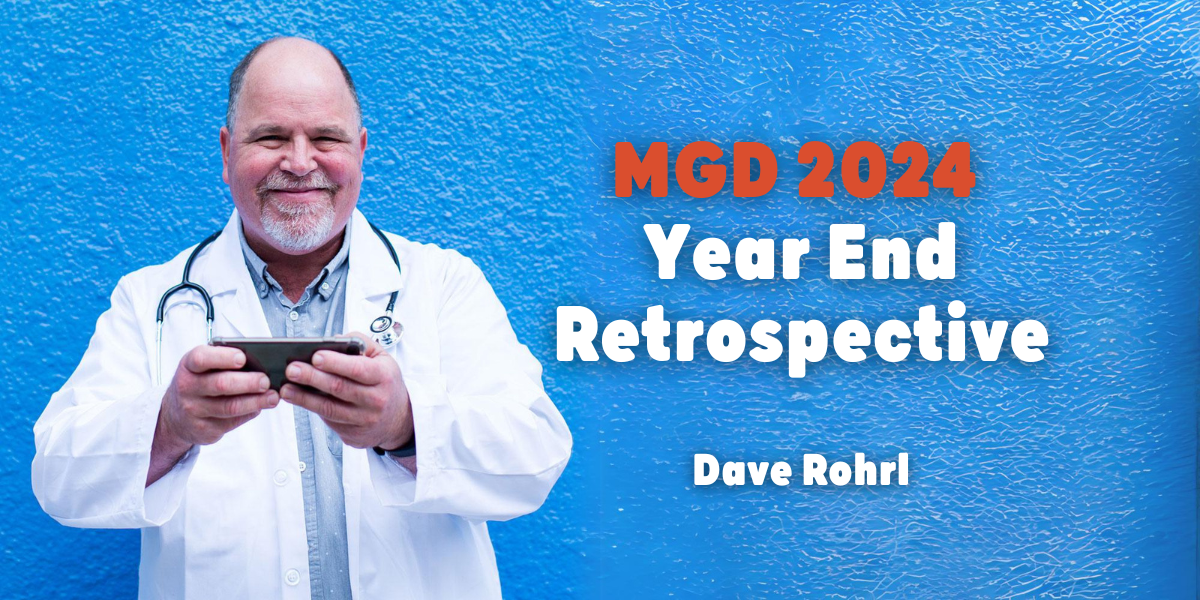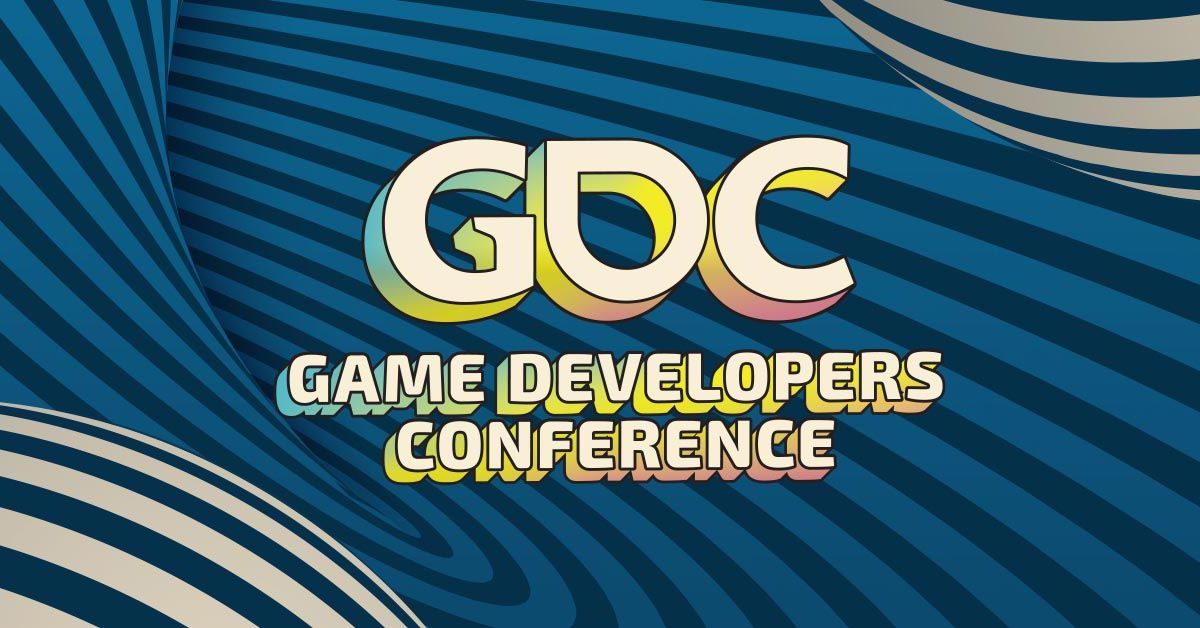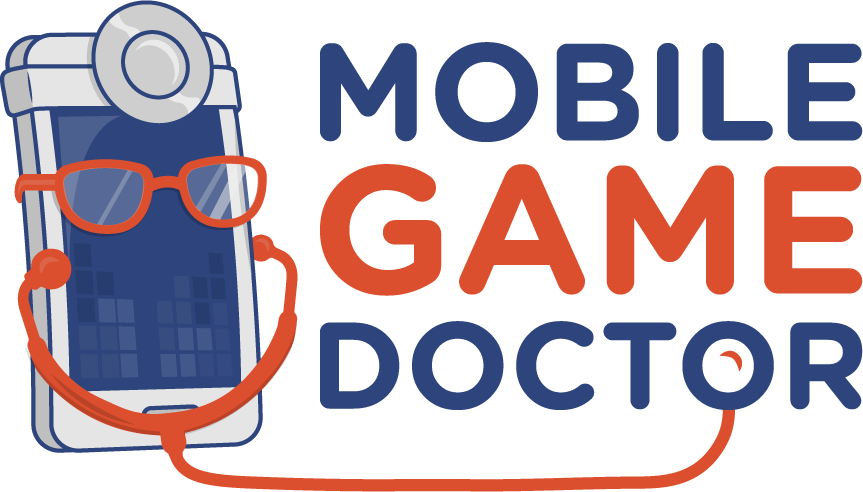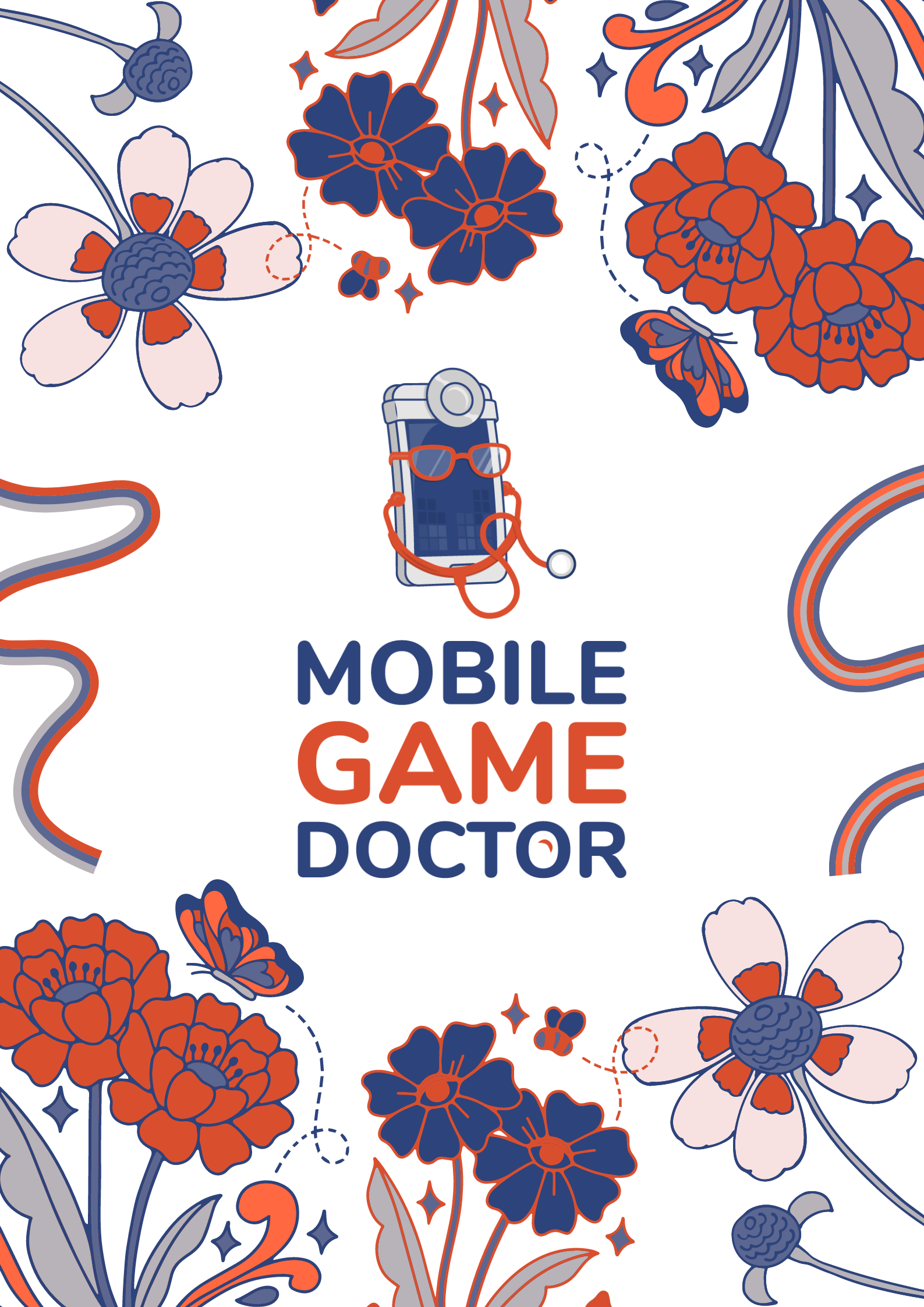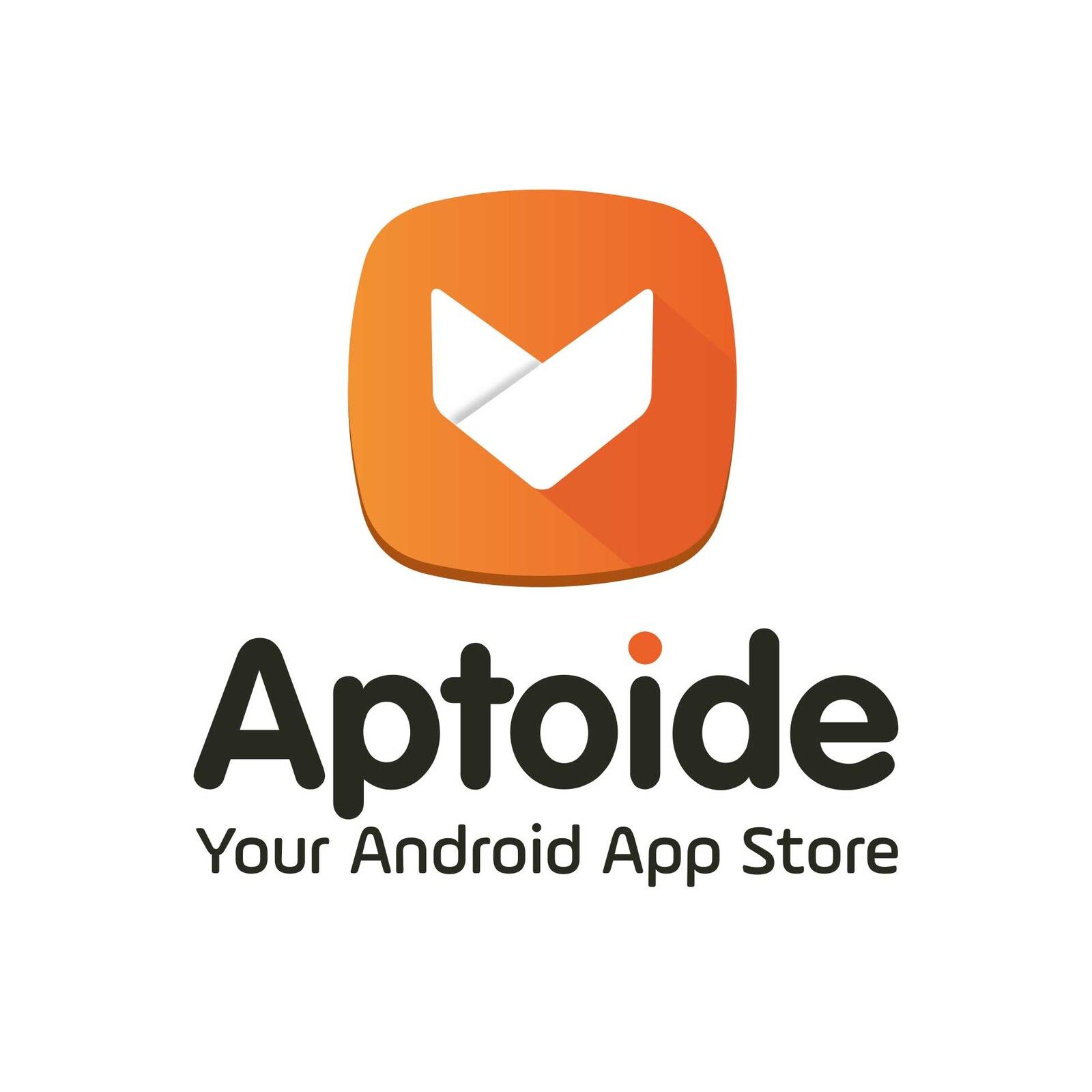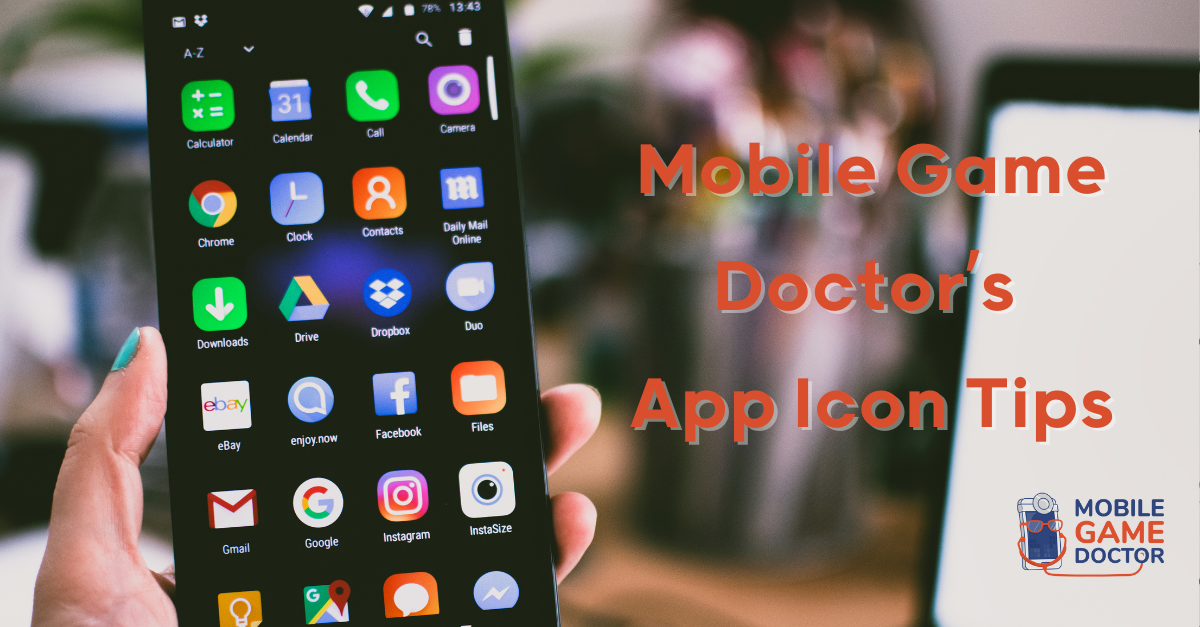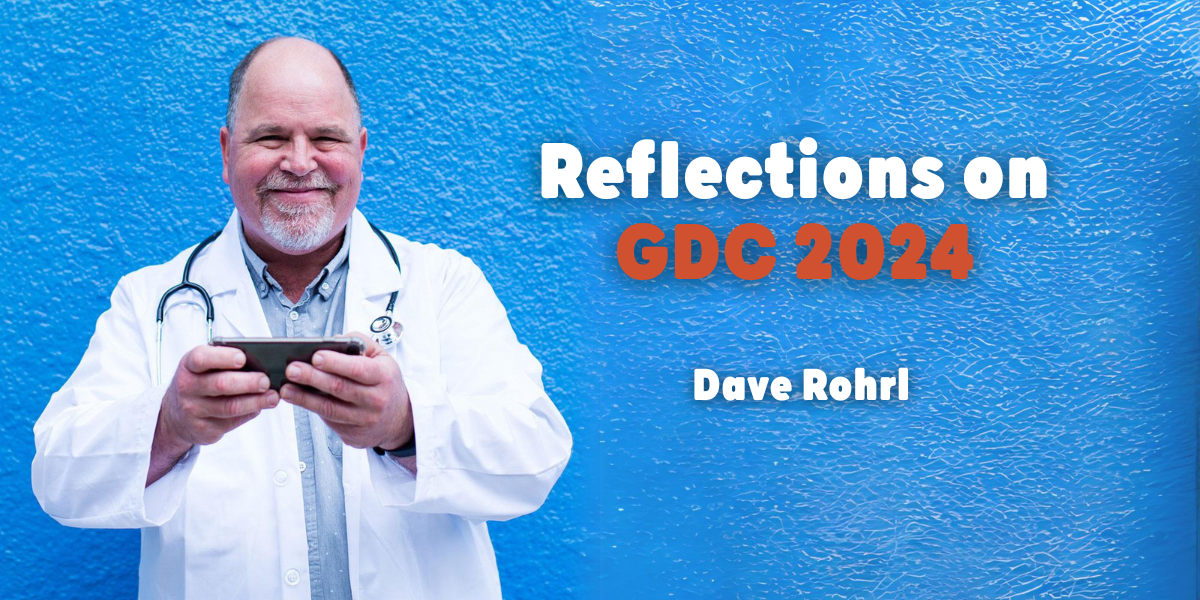I often speak with partners and colleagues outside the field who want to better understand what User Acquisition (UA) is. UA, which is sometimes referred to also as “performance marketing”. Despite the name, these activities fall under the umbrella of ADVERTISING activities rather than MARKETING activities. Marketing activities focus on the collection and interpretation of customer insights into guidelines about target audiences, value propositions, messaging, and advertising asset production. In short, Marketing is really about turning market/customer knowledge into effective branding, targeting, and messaging. Advertising takes those insights and assets and uses them to actively find new customers, paying money to display those assets to potential customers through a variety of different channels. User Acquisition, then, is a specific type of Advertising tasked with buying digital advertising inventory through online advertising marketplaces like Facebook, Google, Unity, ironSource, and other such digital advertising networks.
With all the talk of data-driven decisions and digital marketplaces, it’s easy to assume that UA isn’t a very creative field. I assure you, this isn’t true. I will say that the type of creativity that generates results is different than you might find in game development or fine art or some other obviously creative endeavor. I believe the most important things I do happen in the shower, commute and lunchtime because these are the times I can really think about how to increase advertising results. The key questions I ask myself during those times:
- How can I revise messaging to shake my audience awake and increase click-through-rate (CTR)?
- How can I fine-tune targeting options to create a higher quality traffic flow?
- How can I eliminate waste by trimming campaigns that are underperforming and replacing them with higher performers?
- What new creative approaches could I offer to my product marketing team that might get viewers really excited about playing, and thereby increasing the Retention and Monetization of new players?
- Where can I find new audiences to show ads to, who might be interested in the product?
Then I can take all that thinking and apply it during my work day to set up experiments, measure and report on them, collaborate with Data Science/Engineering and Product teams, meet with vendors to evaluate new tools and network offerings, monitor and analyze campaign performance over time, make adjustments to bids/budgets, and refine targeting for running campaigns.

Since accurate high-granularity user-level behavioral data is one of the primary inputs for high-scale UA, one can see why there is such a flap amongst advertisers about Apple’s recent activities related to their IDFA (Identifier for Advertisers). More on that in a later post.
Let’s talk about what kinds of developers might benefit from UA to grow their business, as I’ve noticed vague or outright erroneous information floating around on this topic. If you have a game with decent retention, chances are you can gain some benefit from investing in new customers for your game using performance marketing. Actually, generating profitable installs at a low scale is easier, in most cases, than generating that same profit margin at high scale. Partly this relates to “The Golden Cohort”, which describes the users who are most suited to your product, and who are found most easily and cheaply when you first begin advertising, but it also relates to other factors like creative fatigue and the addressable audience size for a specific product. The formulas for calculating projected return on any particular performance advertising campaign are pretty well understood, and the mechanisms for determining if the assumptions in such a model hold water are equally clear. The only thing stopping you from investing even just a few hundred dollars a week in bringing new customers to your product using UA should be finding a team or partner who you can trust to do the work. If you need some assistance with this, please let Mobile Game Doctor know and we can point you in the right direction!
But perhaps you already know you want to do UA or are already doing it on a small scale and you’d like to see if you can accelerate your results by hiring some folks to help out, either by engaging with an agency, or hiring an internal team. Since UA is a relatively new field, there are lots of people out there who are figuring it out as they go, but there are some traits I have found in common with the really good UA managers I’ve worked with in the past. Really great UA Managers are insightful, logical and can handle thinking through extremely complex systems. They can conceptualize outcomes based on very little data and they think of creative applications of existing tools and assets that others don’t. Great UA managers must be well-organized and detail-oriented to manage 10’s or 100’s of simultaneous campaigns, and they must be comfortable handling large amounts of money responsibly. Lastly, they work well with people who think differently than they do. UA tends to be highly connected with the whole organization they’re working for, so they need to understand and empathize with creative people, scientific thinking people, engineers, business managers, and product marketers.

Everyone has heard horror stories of high barriers to entry and millions of dollars spent to no meaningful gain.
Don’t let fear stop you from investing in your business growth by advertising your product! Proper UA management will create clear and transparent results, and realize meaningful business gains even at smaller levels of investment.
Jess Hassenplagh is a Mobile Game Doctor Senior Performance Marketing Consultant. She has more than 15 years experience in performance marketing, with a strong focus on mobile game user acquisition. Jessica built budgets and systems from the ground up and created and executed successful campaigns for Matchington Mansion, Covet Fashion, Star Trek Timelines, June’s Journey, Cookie Jam Blast, and many other games. She has worked on tech stack selection, network selection, integration, soft and global launches, creative ideation/ coordination and hands-on campaign management for a range of top developers including Jam City, Wooga, Glu, EA, Zynga and Disruptor Beam.
Contact Jess at jess@mobilegamedoctor.com
